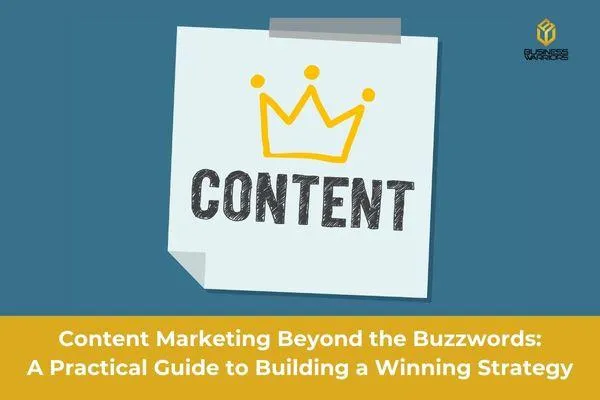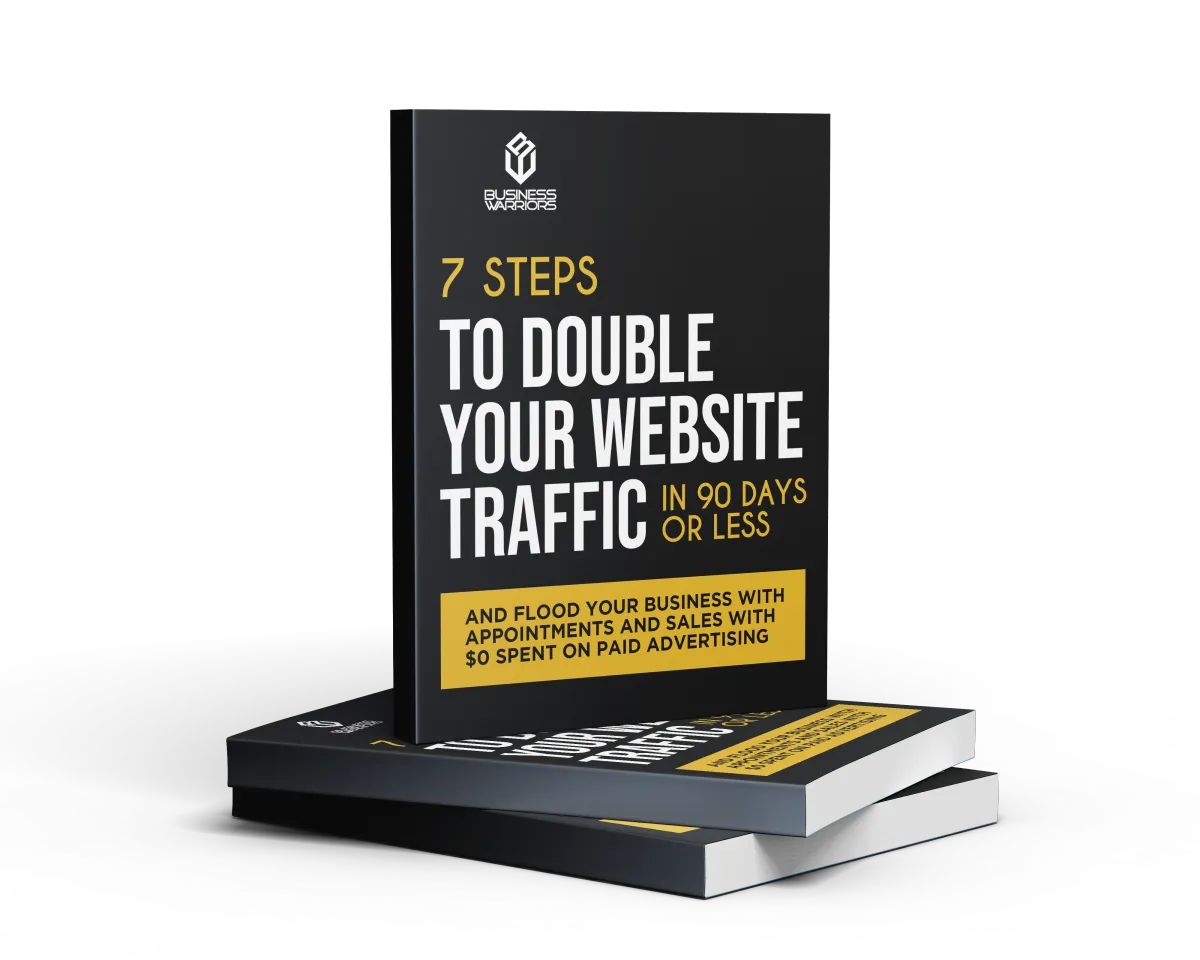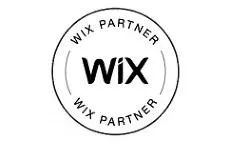Blog

Content Marketing Beyond the Buzzwords: A Practical Guide to Building a Winning Strategy
These days, it seems like everyone is talking about content marketing. From social media influencers to digital marketing agencies, "content is king" has become a popular buzzphrase. But what does it actually mean to have an effective content marketing strategy?
In this post, we'll go beyond the buzzwords to break down the key elements you need to build a robust and results-driven content marketing program for your business.
Define Your Goals

Before developing content, you need to have a clear understanding of what you want to achieve. Common content marketing goals include:
Increasing brand awareness or thought leadership
Generating leads and sales
Improving customer retention
Driving website traffic
Engaging social media followers
Get specific with the metrics you'll use to determine whether your content is successfully meeting these goals. Focusing on quantifiable objectives will help inform the types of content you create and allow you to regularly analyse performance.
Identify Your Audience
One of the biggest mistakes brands make with content marketing is taking a spray and pray approach, creating generalised content without a specific target audience in mind.
To connect with customers, you need to understand who they are, what information they want, and where they consume content. Build out detailed buyer personas that include demographics, challenges, interests, and preferred platforms.
This will allow you to create content that resonates with your ideal customers and gets found by those you want to reach. Tailoring content to distinct segments also leads to higher engagement and conversion rates.
Map Out a Content Calendar
Consistency is key when it comes to content marketing. To keep a steady drumbeat of valuable information going out, you need a plan.
Develop an editorial calendar that outlines the topics you'll cover, content types you'll produce, and publication dates. This will help you balance various formats, promote key initiatives, support seasonality, and fill in content gaps.
It also ensures you're efficiently creating content instead of scrambling last minute. Integrate promotion, measurement, and review cycles into the calendar so you can optimize efforts over time.
Produce Quality over Quantity
With so many ways to create content today, brands often focus on quantity over quality. But continually churning out mediocre content won't do much for your business.
Instead of overloading customers with content, focus on producing high-quality assets. Useful, insightful content that appeals to the senses and covers topics the audience cares about will go much further.
Carefully craft compelling headlines, intros, and visuals. Take the time to outline and edit posts to create an excellent customer experience. Having less content that people want to read is better than flooding them with lackluster information.
Get Visual
Speaking of customer experience, people process visual content 60,000 times faster than text. Utilising engaging photos, videos, infographics, and more is key to grabbing attention and driving connection.
Visuals increase content consumption, while also making concepts and information easier to digest. They're also highly shareable on social media, so incorporating strong visual elements improves amplification.
Optimise for SEO
While promotion can help get your content in front of receptive audiences, you also want it easily discoverable through search. Following SEO best practices improves how you rank for strategic keywords, earning you qualified website traffic.
This includes doing keyword research, crafting SEO titles and meta descriptions, optimizing content structure with headers and formatting, and using keywords throughout your content. Also ensure your content provides value, as search engines aim to surface the most relevant and informative content for searchers.
Promote Content Across Channels
Developing amazing content is only half the battle—you also have to get it noticed. Promoting your content across channels helps increase visibility and engagement.
Share content on social media, integrate it into email campaigns, pitch guest posting opportunities, syndicate it, include on relevant online directories, and more. Repurposing content into different formats also gives it new life, further extending reach.
Analyse Performance
To refine your content marketing strategy over time, you need to track results. Establish key metrics and use tools to analyse the performance of each piece of content.
Assess which topics, formats, promotion methods, and distribution channels perform best. You can then double down on what works and adjust what doesn't. Continual optimisation based on data will improve your content marketing ROI.
Review frequently to identify new reader interests, social media platform trends, changes in the competitive landscape, and more that should inform your strategy. Be agile and adapt efforts accordingly.
The Power of Effective Content Marketing
Developing a structured approach tuned to your audiences is key to unlocking the multitude of benefits possible through content marketing. From increased brand awareness to lead generation to customer loyalty - the sky's the limit when you create, promote, and analyse content the right way.
Ignore the buzzwords and let this practical guide put you on the path to building an effective, results-driven content marketing strategy that sets your business apart. Focus on providing real value to customers, and you'll reap the rewards.
WHAT WOULD YOUR RETURN ON INVESTMENT LOOK LIKE USING OUR DIGITAL MARKETING VORTEX METHOD TO YOUR BUSINESS?
GET THE DIGITAL MARKETING AGENCY SECRETS: 7 STEPS TO DOUBLE YOUR WEBSITE TRAFFIC IN 90 DAYS OR LESS








